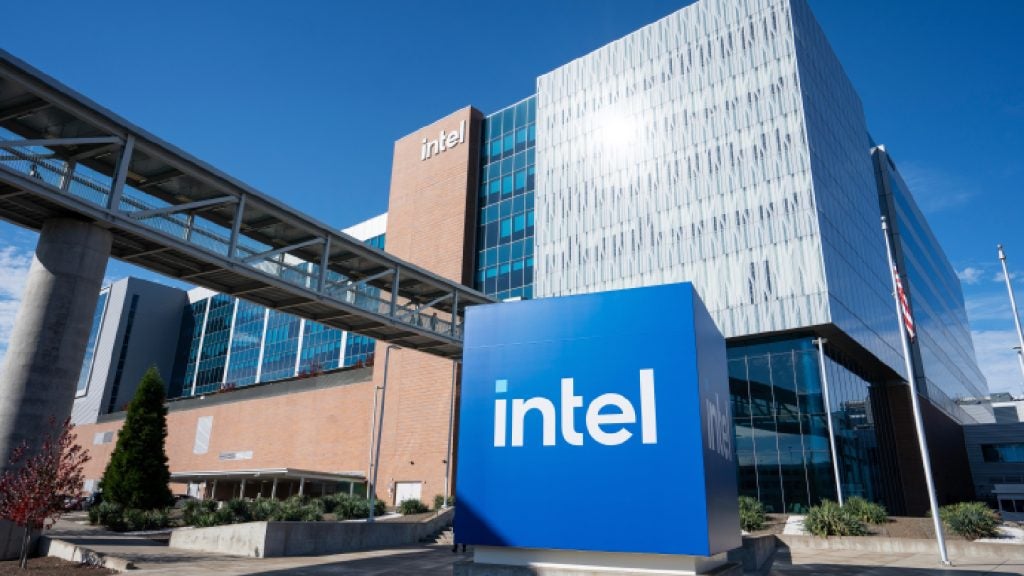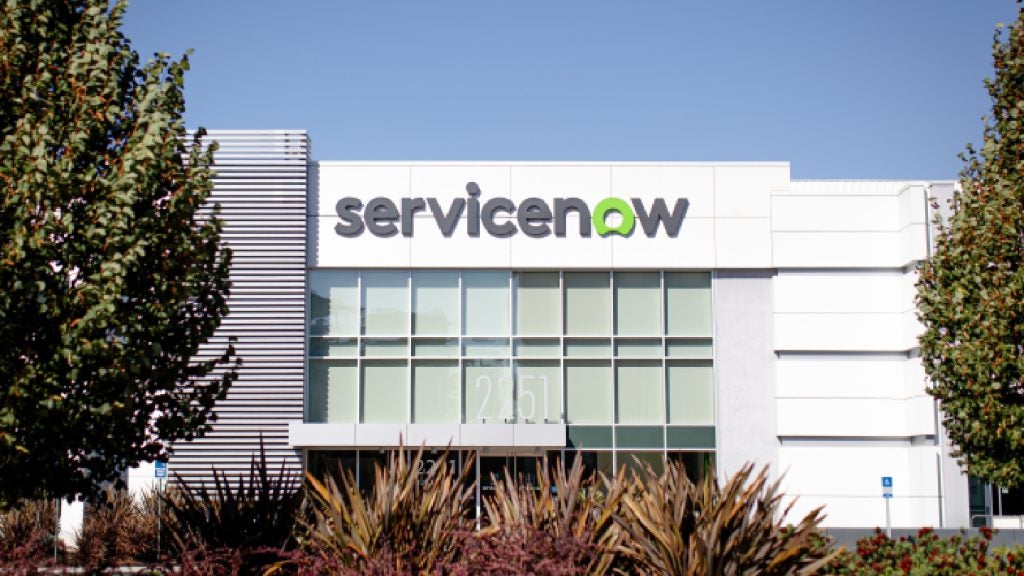IBM has filed a patent for a method to improve the performance of distributed databases. The method involves generating a partition schema based on historical usage data, assigning node identifiers using a hash function and weight values, monitoring performance data, and initiating a redistribution procedure if performance fails to meet a threshold. GlobalData’s report on International Business Machines gives a 360-degree view of the company including its patenting strategy. Buy the report here.

Access deeper industry intelligence
Experience unmatched clarity with a single platform that combines unique data, AI, and human expertise.
According to GlobalData’s company profile on International Business Machines, M2M communication interfaces was a key innovation area identified from patents. International Business Machines's grant share as of September 2023 was 71%. Grant share is based on the ratio of number of grants to total number of patents.
A method for partitioning and redistributing a distributed database
A recently filed patent (Publication Number: US20230315725A1) describes a computer implemented method for managing a single distributed database. The method involves generating a partition schema for the database based on historical usage data, which includes determining a partition range for each partition. A node identifier is then generated for each partition using a hash function and a weight value. Performance data of the database is continuously monitored, and if the performance fails to meet a threshold, a redistribution procedure is initiated by changing the node identifier of the partition.
The patent also includes additional claims related to the method. For example, the partition schema generation process may involve determining an access mode. The historical usage data used to generate the partition schema can include workload data, which is collected over a period of time and includes queries to the database. The partition range determination process may involve parsing the workload data to extract ranges associated with queries. Different access modes can be assigned to different partition ranges, such as random access mode for ranges determined using hash key range partitioning and range access mode for ranges determined using data key range partitioning.
The patent further describes a computer program product that includes program instructions stored on computer readable storage media. These instructions can be executed by a processor to perform the operations described in the method claims. The program instructions can be stored in a data processing system or transferred over a network from a remote data processing system. In some embodiments, the program instructions may be metered and an invoice can be generated based on the metered use.
Lastly, the patent also mentions a computer system that includes a processor and computer readable storage media. The program instructions stored on the storage media can be executed by the processor to perform the operations described in the method claims.
Overall, this patent describes a method, computer program product, and computer system for managing a distributed database based on historical usage data and performance monitoring. The method allows for efficient partitioning and redistribution of data to optimize performance.
To know more about GlobalData’s detailed insights on International Business Machines, buy the report here.
Data Insights
From

The gold standard of business intelligence.
Blending expert knowledge with cutting-edge technology, GlobalData’s unrivalled proprietary data will enable you to decode what’s happening in your market. You can make better informed decisions and gain a future-proof advantage over your competitors.







